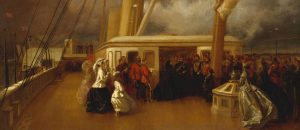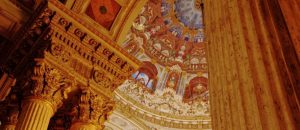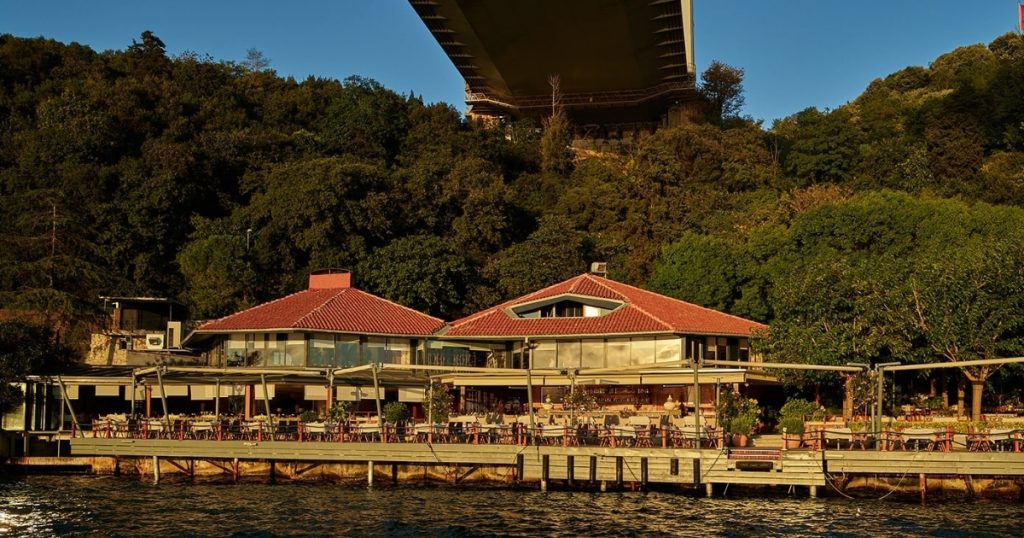The first architectural elements to greet a visitor approaching monumental Gates of Dolmabahçe Palace, and they are far more than simple entry points. Each one is a meticulously designed instrument defining imperial protocol, power, and status. The Palace’s Imperial Gate, Treasury Gate, and the gates of its pier opening to the sea are architectural statements that dictate who enters from where and what message is conveyed to whom. These gates are the thresholds to the modern and centralized administrative understanding of the 19th-century Ottoman Empire.
Why Gates Are More Than Just Passageways
In imperial architecture, gates have always been the most fundamental symbols of power, authority, and sovereignty. A gate does not merely separate one space from another; it determines who is worthy of entering and who must remain outside. At Topkapı Palace, this function was achieved through a series of successive courtyard gates, each representing a different level of status. At Dolmabahçe Palace, however, this hierarchy was redefined with monumental gates opening in different directions, each catering to a different function and audience. The design of each gate reflects the place of its user within the imperial order.
Beyond the Grand Narrative
You have seen the stage of an empire in transformation. Now, it is time to meet the actors. The Dolmabahçe Journal goes beyond the timeline, into the personal ambitions, political intrigues, and cultural revolutions that defined the era. Discover the individual stories behind the grand history.
DISCOVER THE ERA OF TRANSFORMATION →
The Imperial Gate (Saltanat Kapısı): The Absolute Authority of the Sultan and the State
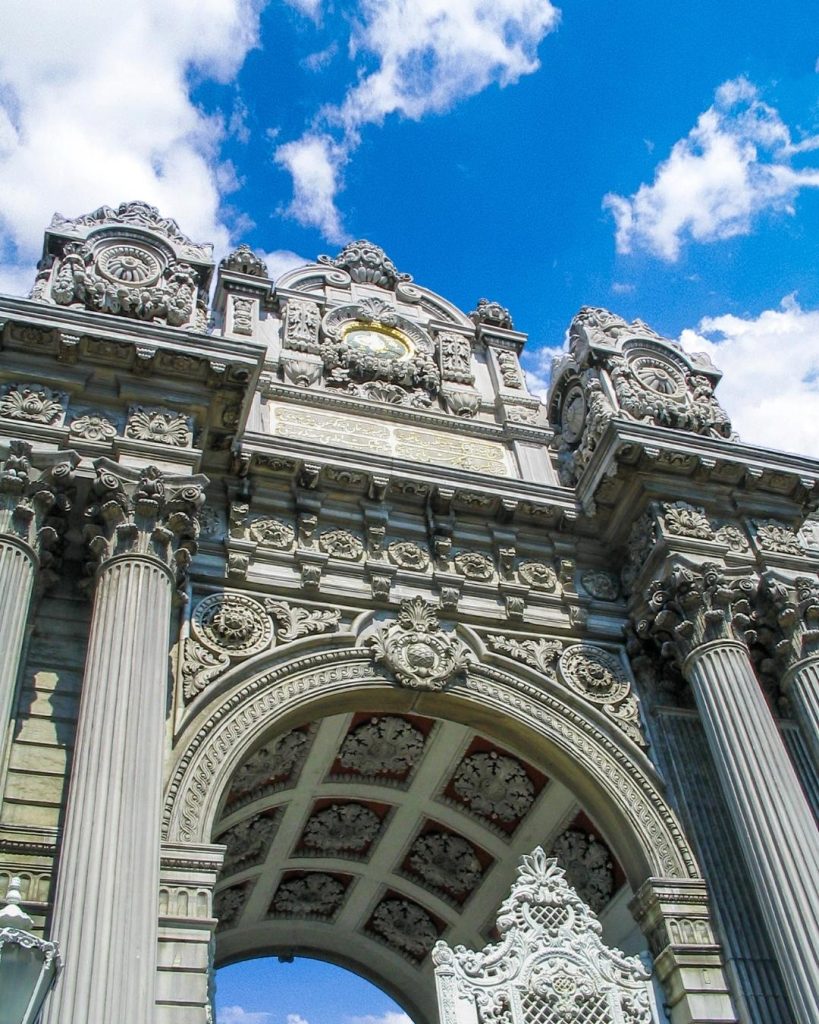
The Imperial Gate is located at the very center of Dolmabahçe Palace’s land-facing facade and is the most magnificent entrance, symbolizing the Sultan’s absolute authority. As its name suggests, this gate was used for ceremonial purposes only by the Sultan and the highest state officials accompanying him. Particularly during important rituals like the Friday Procession (Cuma Selamlığı), where the public could see the Sultan, he would exit through this gate, demonstrating his role as both the religious and worldly leader of the empire. This gate is the physical and symbolic threshold between the people and the sovereign.
Its architecture is a conscious fusion of Western triumphal arches and traditional Ottoman motifs. The tower-like structures on either side, with their massive scale and Baroque ornamentation, reflect the power of European monarchies. Meanwhile, the tughra (imperial monogram) of Sultan Abdülmecid crowning the gate and the inscription below it clearly state that the owner of this power is an Ottoman Sultan. This is one of the finest examples of the synthesis of East and West in architecture.
The Treasury Gate (Hazine-i Hassa Kapısı): The Entrance of Bureaucracy and Administration
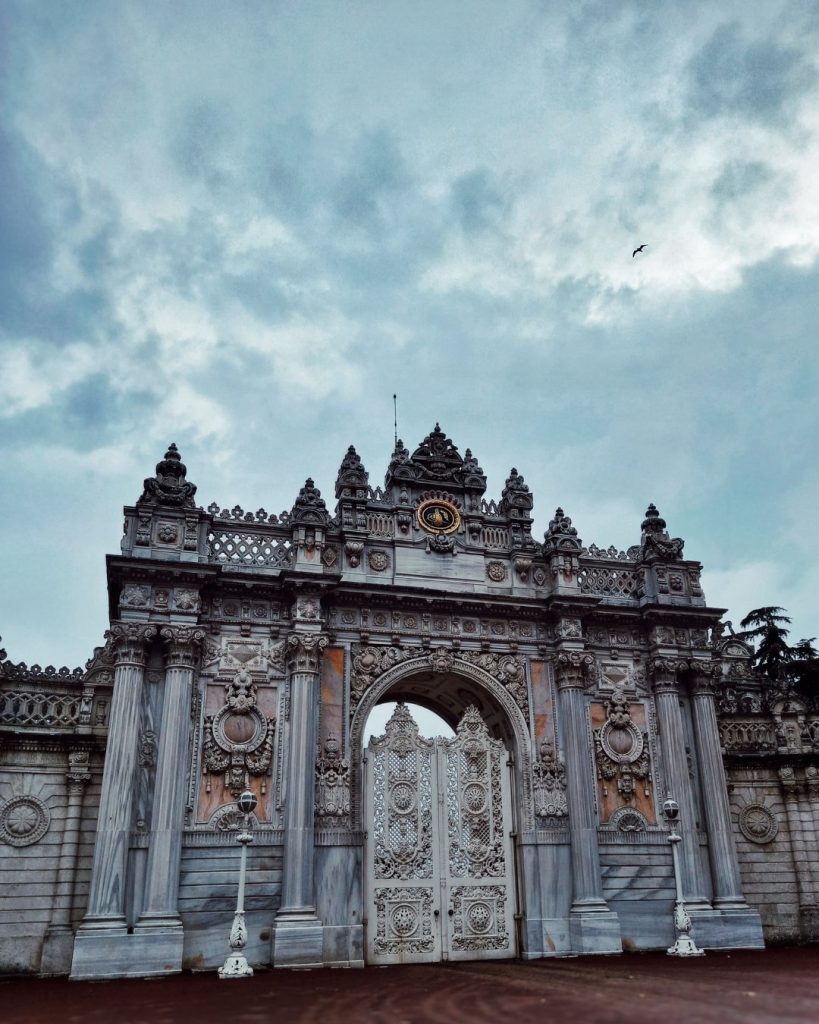
The Treasury Gate is located south of the Imperial Gate and served as the main entrance for the empire’s modernizing bureaucracy and administrative center. Named after the nearby Outer Treasury building, this gate was used by the Grand Vizier (Prime Minister), ministers, and other high-ranking bureaucrats to enter and exit the palace. Therefore, this gate represents not the personal authority of the Sultan, but the institutional power of the state and its functioning administrative mechanism.
Compared to the Imperial Gate, the Treasury Gate has a more sober yet dignified design, featuring characteristics of the Neoclassical style. This more measured and rational design symbolizes the orderly and rule-based structure of the modern bureaucracy established during the Tanzimat era. This was the gate to a world not of ostentatious ceremonies, but of the state’s daily operations and administrative decisions. The fact that the National Palaces Administration uses this gate as its main entrance today symbolically continues its historical administrative function.
The Sea Gates: The Stage of International Diplomacy
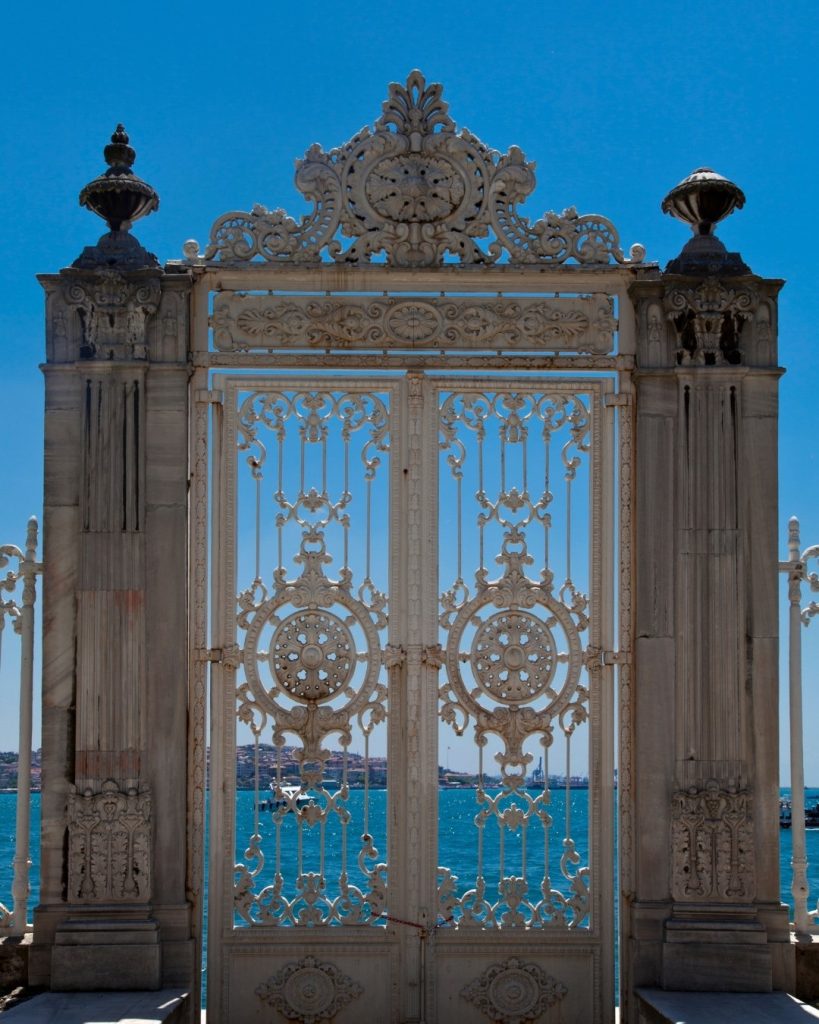
The sea gates on Dolmabahçe Palace’s facade opening to the Bosphorus are the entrances to the empire’s stage of international diplomacy. Foreign heads of state, ambassadors, and important guests arriving in Istanbul by sea would approach these gates in imperial caiques and be welcomed with magnificent ceremonies. These gates were the first point of contact with the palace’s modern face turned towards Europe, designed to leave a powerful first impression on guests.
The fact that these gates open directly to the sea symbolizes that the Ottoman Empire was not a closed-off entity but was integrated into global politics via the seas. In contrast to the sheltered structure of Topkapı Palace behind its land walls, the sea-facing gates of Dolmabahçe project an image of a self-confident and outward-looking empire. To step through these gates was to enter a modern state that had adopted the political and cultural norms of Europe.
Cross the Threshold Yourself
You’ve read about the power, protocol, and politics behind these gates. Now, come and witness them. Feel the history under your feet as you enter the world of the Sultans.
PLAN YOUR VISIT →
The Thresholds of an Empire
In conclusion, the gates of Dolmabahçe Palace offer a key to understanding the language of power and protocol in the late Ottoman Empire. Each gate caters to a different status, function, and audience, turning the palace into a living map of social and political hierarchy. The Imperial Gate represents the absolute and ceremonial power of the Sultan, the Treasury Gate signifies the functioning bureaucracy of the state, and the Sea Gates embody the empire’s international identity. These gates are the clearest proof that Dolmabahçe was not just a residence, but a complex administrative center that housed all the institutions of a modern state.
The Archives Await
The story you’ve just read is a single thread in a rich historical tapestry. The Dolmabahçe Journal holds countless other narratives of art, power, and transformation waiting to be discovered.
READ MORE FROM THE JOURNAL →









